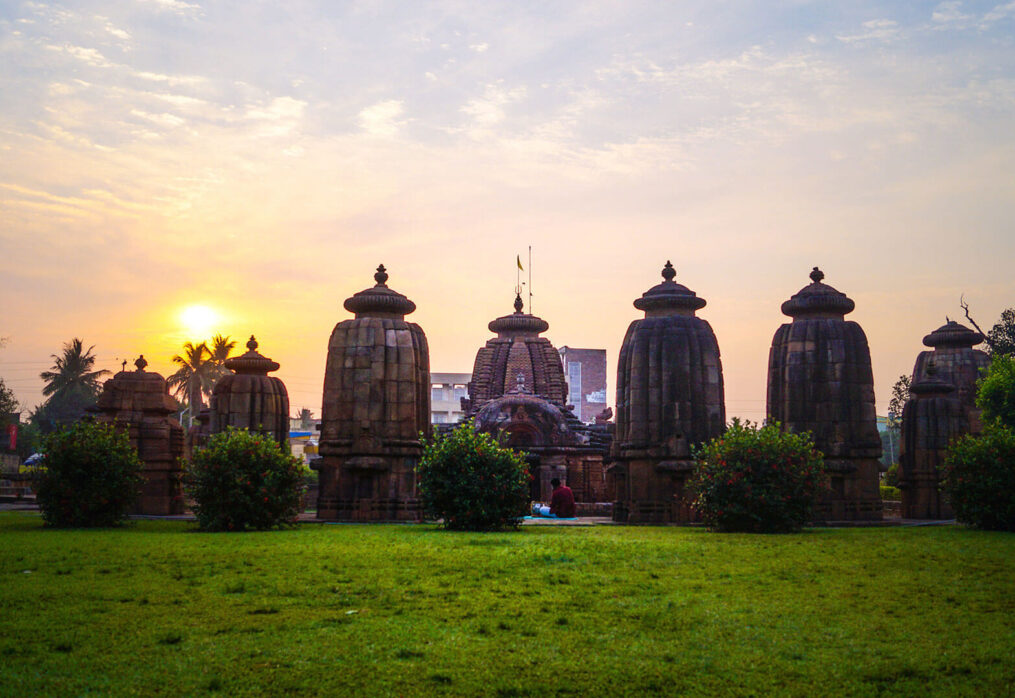Five Must Visit Places In Bhubaneswar To Make The Most Of Your Odisha Trip
Bhubaneswar which is the capital city of Odisha is known for its archaic charm and modern lifestyle. Often quoted high on the list of smart cities of the country, this small but charming city is full of authenticity, vibrancy and earthiness. However, even though Odisha is known for its tourism, many travellers use the capital city as the transit point to the more well-known locations in the state such as Puri Jagannath Temple or the Konark Sun Temple. The city of Bhubaneswar often gets neglected and its charms often remain undiscovered by tourists. So, we at Pal thought of making it easier for you to navigate your way through this magical city and make the best of your stay in Bhubaneswar and at Pal Heights/ Mantra.
1) Lingaraj Temple: The temple of Lord Shiva which was built in the 11th century AD, boasts of an impressive architecture and traditional roots. This sprawling temple complex has one hundred and fifty subsidiary shrines and is known for marking the syncretization of Vaishnavism and Shaivism sects in the state.

2) Ram Mandir: Another major temple in the city known for its historical significance and architectural brilliance is the Ram Mandir in the city. Located near Kharvel Nagar, Janpath, this temple is dedicated to Lord Rama, Lord Lakshman, and Goddess Sita. Meanwhile, the temple complex also comprises shrines devoted to marble idols of Lord Shiva, Lord Hanuman, and other deities.

3) Khandagiri & Udaygiri Caves: These caves located about 7 kilometres away from Bhubaneswar are an architectural miracle in the state. These caves were originally built on the Kumari Mountain range for the Jain monks as a safe haven to reside and meditate. However, out of the 117 caves that were built originally, only 33 survive till this day, with 15 under the Khandagiri range and 18 under the Udaygiri range.
4) Rajarani temple: Another architectural wonder built in the 11 century AD is the popular Rajarani temple located in Bhubaneswar. Interestingly, the temple is known as Rajarani, because of the red and yellow sandstone called ‘Rajarania’ which was used in its construction. However, with the passage of time, the stone reflects an amber hue, which accentuates the artistry, skilful craftsmanship and historic architecture of this temple.

5) Dhauli Shanti Stupa: Built on the very site, where the famous Kalinga war was fought, Dhauli Shanti Stupa is another architectural wonder that tourists must not miss. The Shanti Stupa is also known as the Peace Pagoda and was built by the Japan Buddha Sangha and the Kalinga Nippon Buddha Sangha in 1972 as a commemoration of the ‘mission of peace’, which the Kalinga war had achieved.

